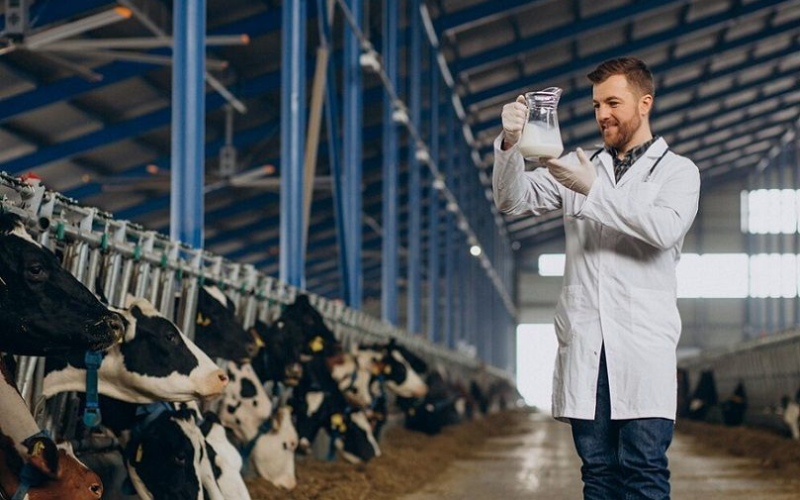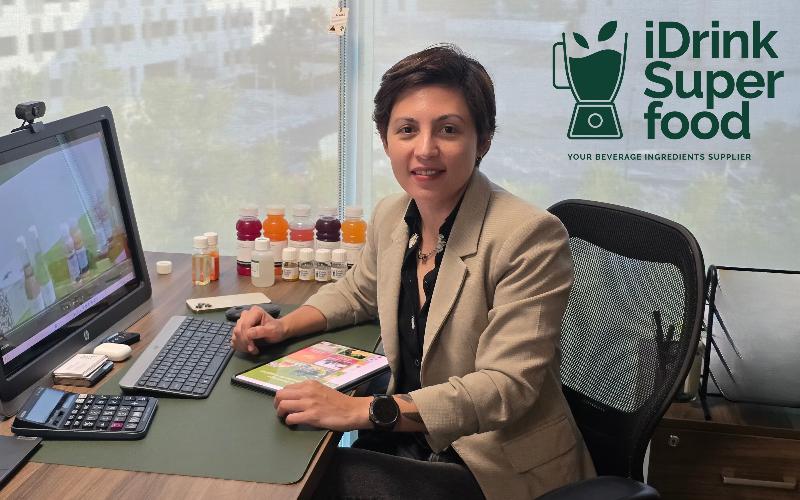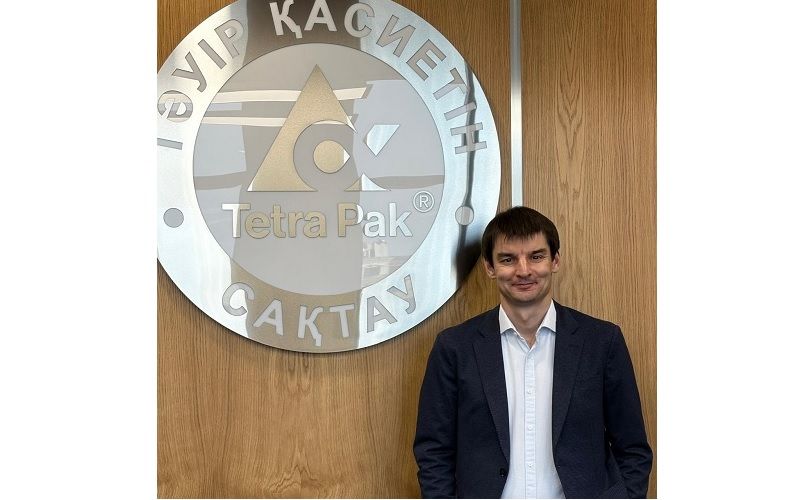How Punta de Peru Enhances Productivity and Reproductive Indicators

The collaboration has identified three key areas for improvement: health, nutrition, and reproduction. Veterinarians and specialists have implemented reproductive monitoring plans, birthing control, pregnancy diagnostics, and body condition evaluations to shorten calving intervals and increase conception rates.
One of the most remarkable advancements is in artificial insemination. Through training workshops and direct support, producers learned to detect the best times of estrus and apply doses of high genetic quality, enhancing reproductive efficiency and medium-term productivity. Additionally, systematic records were introduced to analyze key indicators such as individual production, pregnancy rates, birth rates, and neonatal mortality. Digitalization of data allows for quick, comparable, and evidence-based decision making.
An essential component is strategic feeding. Program technicians promote more efficient use of forage resources by combining local pastures with protein supplementation during critical periods, aiming to maintain production during dry months without compromising cows' body condition. Furthermore, improvements in animal welfare are encouraged, prioritizing comfort, clean water provision, and reducing heat stress, which directly impact reproductive efficiency and lactation persistence.
The Punta de Peru example demonstrates that innovation does not always require large investments, but rather knowledge, planning, and coordinated effort. With technical assistance, data control, and professional reproductive management, producers are achieving sustained increases in productivity and profitability, setting a path for other highland livestock regions.











